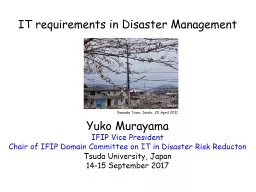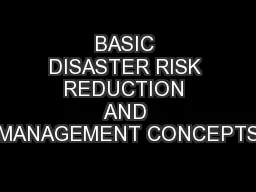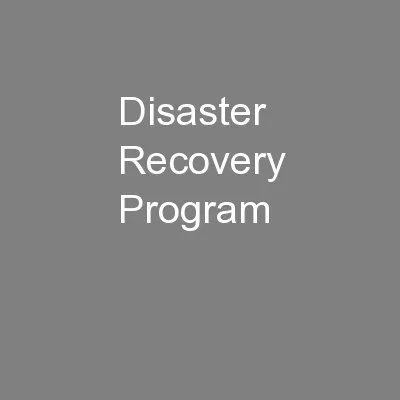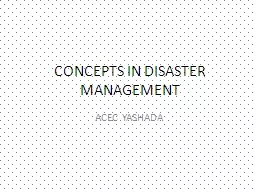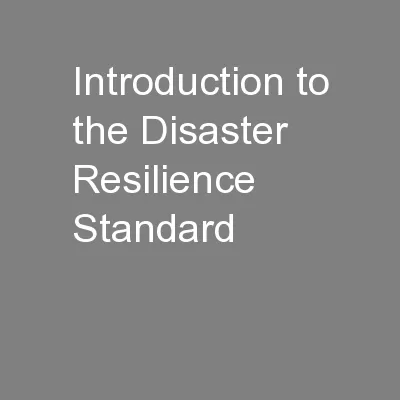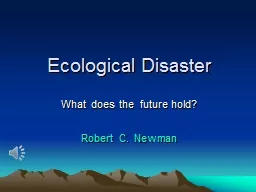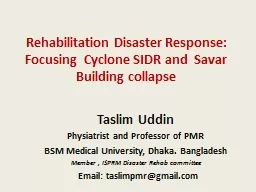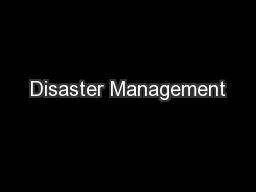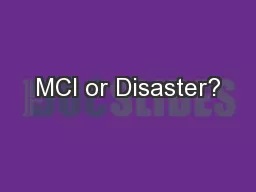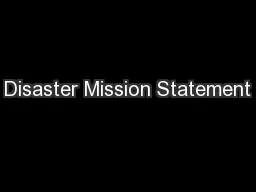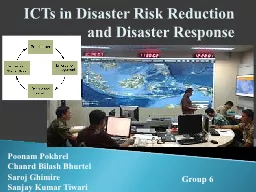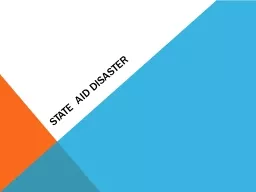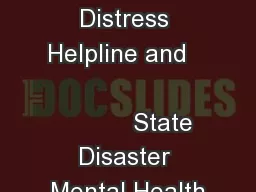PPT-IT requirements in Disaster
Author : beastialitybiker | Published Date : 2020-10-22
Management Yuko Murayama IFIP Vice President Chair of IFIP Domain Committee on IT in Disaster Risk Reducton Tsuda University Japan 1415 September 2017 Yamada Town
Presentation Embed Code
Download Presentation
Download Presentation The PPT/PDF document "IT requirements in Disaster" is the property of its rightful owner. Permission is granted to download and print the materials on this website for personal, non-commercial use only, and to display it on your personal computer provided you do not modify the materials and that you retain all copyright notices contained in the materials. By downloading content from our website, you accept the terms of this agreement.
IT requirements in Disaster: Transcript
Download Rules Of Document
"IT requirements in Disaster"The content belongs to its owner. You may download and print it for personal use, without modification, and keep all copyright notices. By downloading, you agree to these terms.
Related Documents

